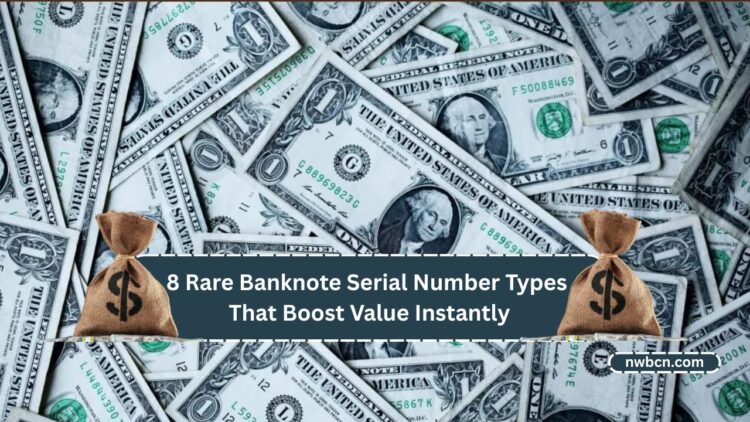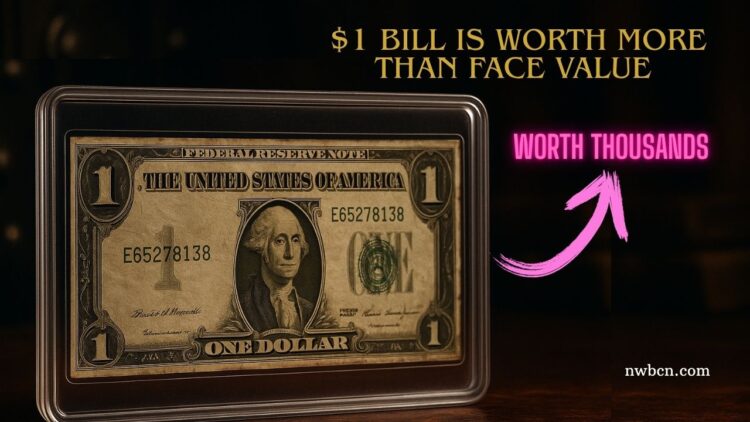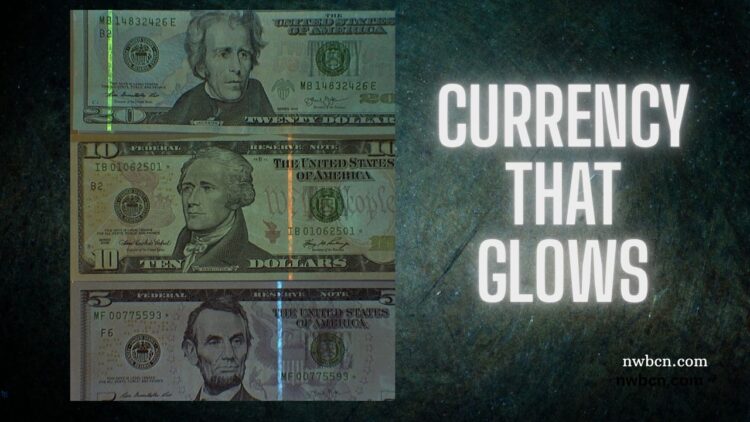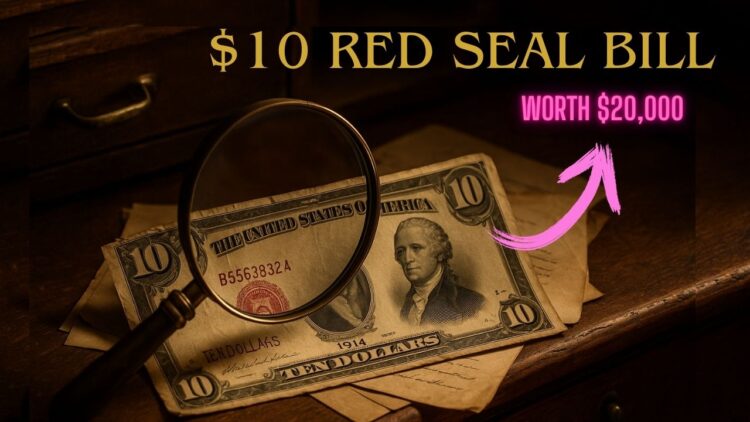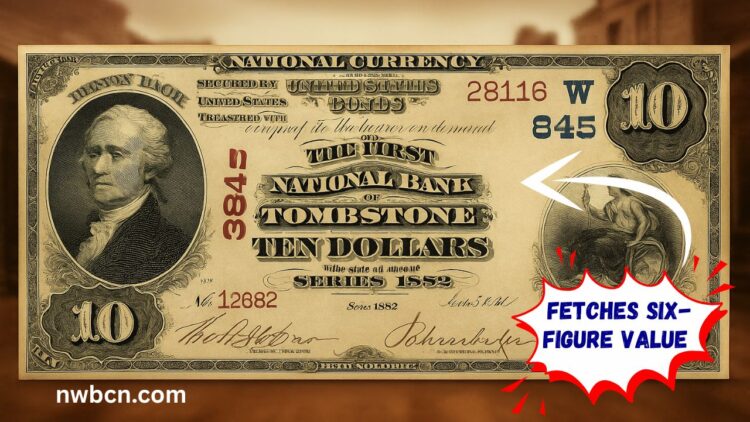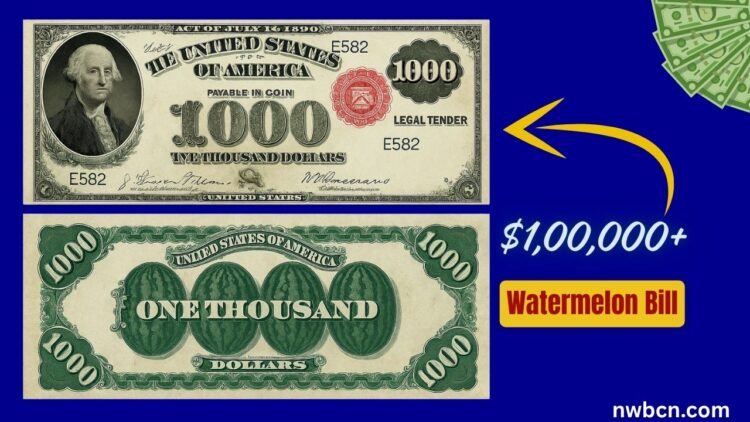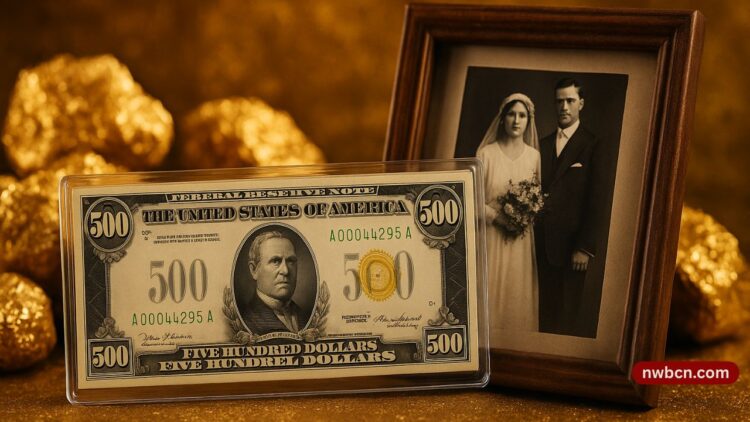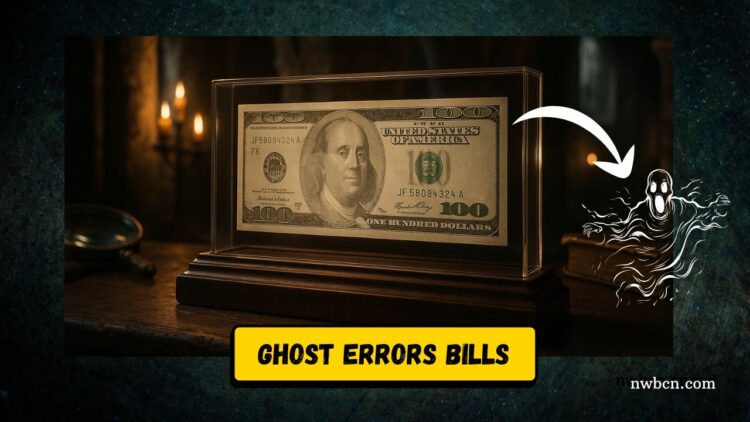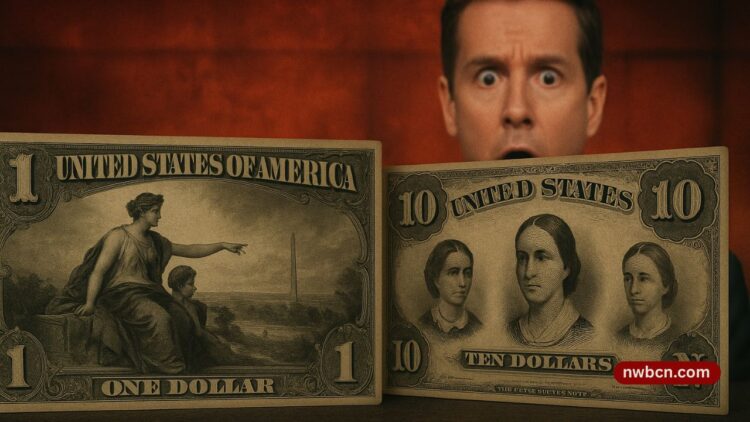Collecting currency is more than a hobby—it’s an investment opportunity, especially when you know what to look for. One of the most overlooked aspects of a paper bill’s value is its serial number. While most Continue reading
Rare Bills
6 Signs Your $1 Bill Is Worth More Than Face Value – Spot Collectible Currency & Cash In
Your average $1 bill might be worth more than you think. Among millions in circulation, a few contain rare features that attract collectors and can sell for hundreds or even thousands of dollars. Whether it’s Continue reading
Currency That Glows? Why Some 1990s Federal Reserve Notes React Under UV Light — And What It Could Mean
Imagine holding a 1990s U.S. Federal Reserve Note under a UV (ultraviolet) lamp and watching it glow. This isn’t a trick of the light — it’s a built-in security feature. Federal Reserve Notes printed since Continue reading
Authenticating 1934 $5,000 & $10,000 Bills: Spotting Fakes Like a Professional
The 1934 Series $5,000 and $10,000 Federal Reserve Notes, featuring portraits of James Madison (F5,000) and Salmon P. Chase (F10,000), were among the largest denominations ever issued by the U.S. Treasury. Though primarily used between Continue reading
1914 $10 Red Seal Bill Discovery: Antique Desk Find Now Worth $20,000
Imagine restoring an old desk and stumbling upon a century-old Federal Reserve Note—a 1914 $10 Red Seal bill. What may initially appear as just old paper turns out to be a numismatic treasure now listed Continue reading
1882 Brown Back Tombstone AZ $10 Note: Wild West Currency Fetches Six-Figure Value
Amid the dust and drama of Tombstone’s Silver Boom, the 1882 Brown Back $10 National Bank Note emerges as a powerful artifact of frontier finance. Issued by the First National Bank of Tombstone, Arizona (Charter Continue reading
The $1,000 ‘Watermelon Bill’ from 1890: Why the Zeroes Look Like Fruit—and Cost Millions
The 1890 series $1,000 Treasury Note—officially known as the Grand Watermelon (Friedberg 379a/b)—earned its nickname from the massive green zeroes on the back of the note. The Treasury’s Chief Engraver crafted these zeroes with intricate Continue reading
Hidden Fortune: The 1928 $500 Gold‑Seal Bill Found in a Framed Wedding Photo After 70 Years
In a modest suburban home, a simple framed wedding photograph revealed a stunning secret. Hidden behind the cardboard backing was a remarkably preserved 1928 $500 Gold‑Seal Federal Reserve Note—concealed for nearly 70 years. What began Continue reading
Ghost Errors on Currency: Faint Offset Prints & Invisible Inks Making Bills Worth Thousands
Few discoveries in the world of numismatics are as intriguing—or as profitable—as ghost errors. These subtle misprints, which involve faint offset prints or invisible ink impressions, can transform ordinary paper money into bills worth tens Continue reading
The Rare U.S. Currency Notes That Feature Female Figures — And Why They’re Among the Most Collectible
In the realm of U.S. paper currency, female representation is exceptionally rare. For collectors, notes featuring female portraits—real women or allegorical figures—carry deep historical resonance and rarity. This article explores every U.S. currency note known Continue reading

